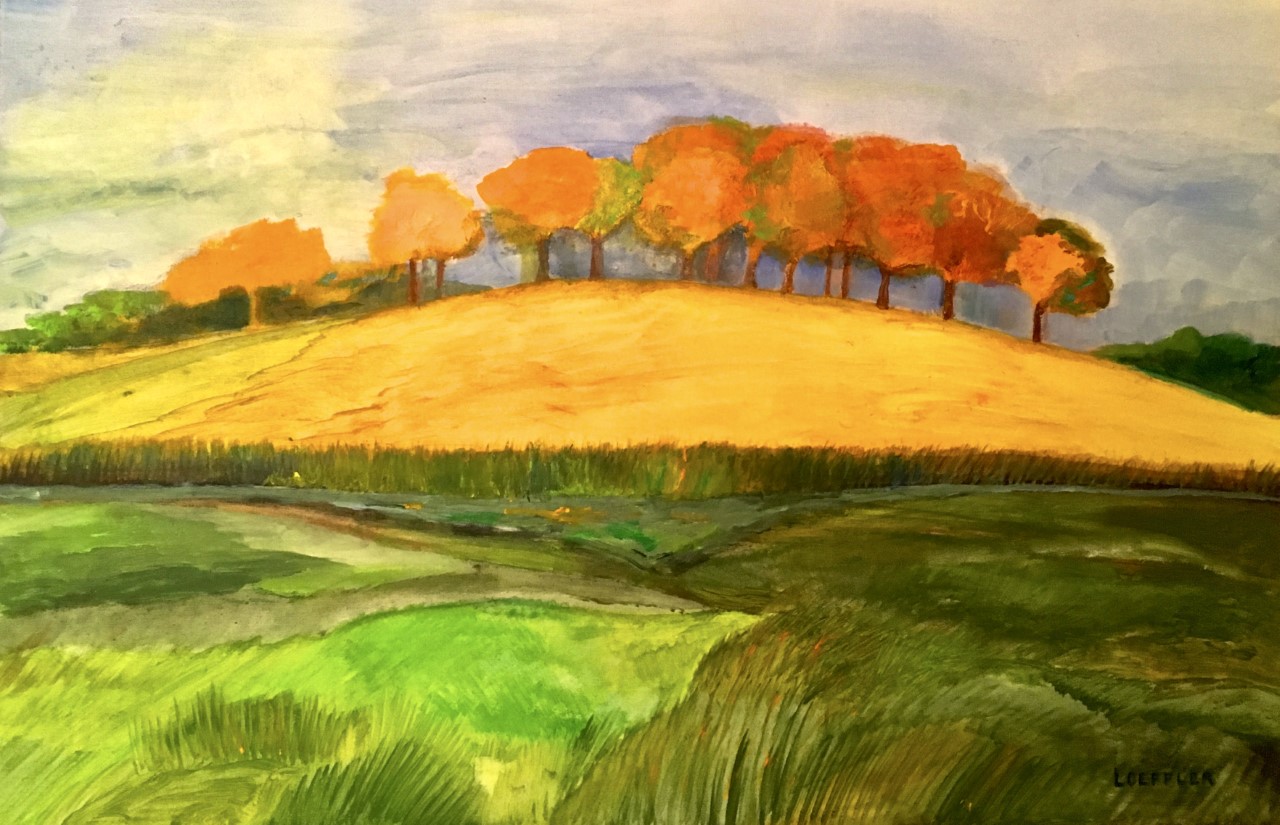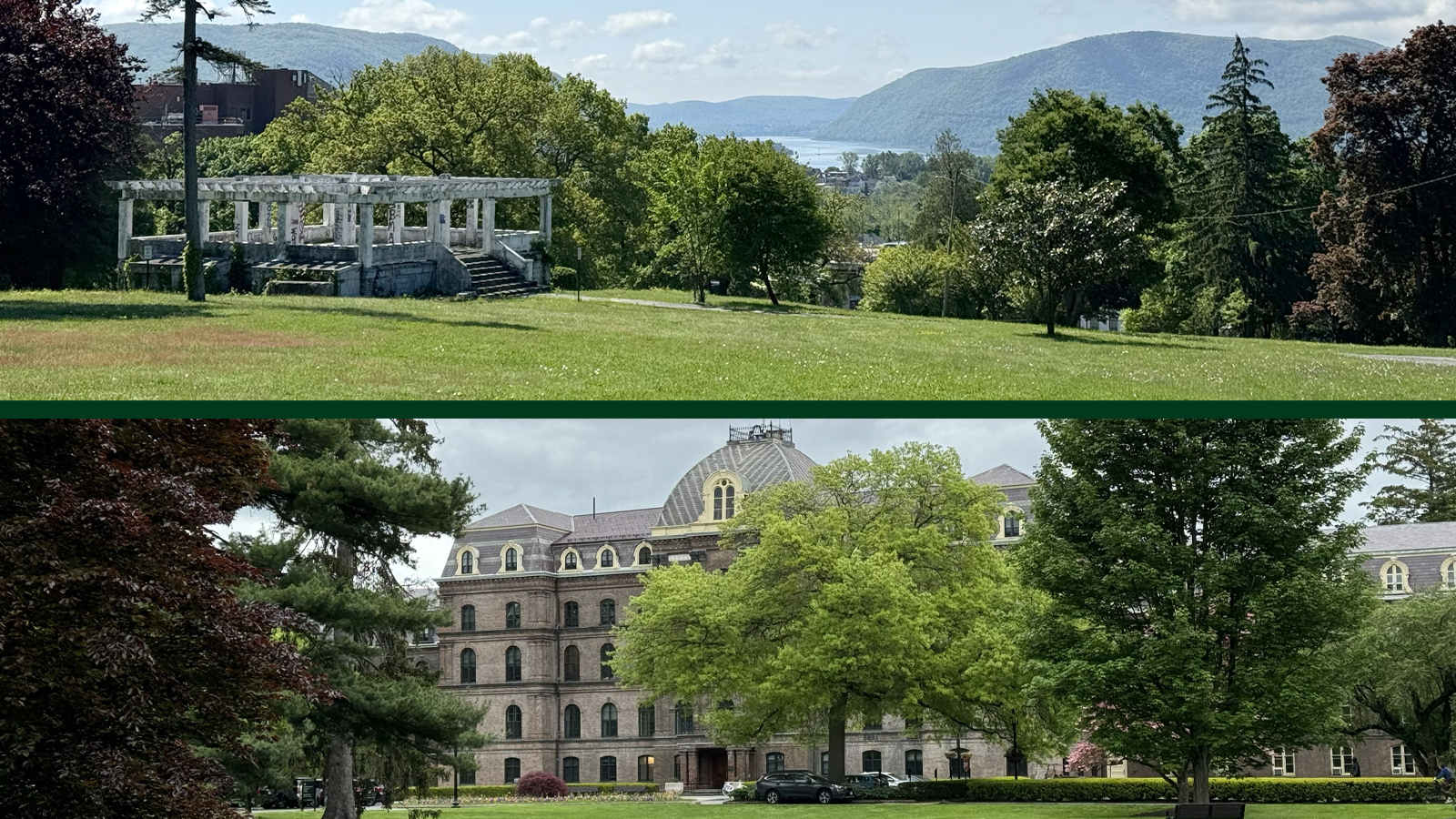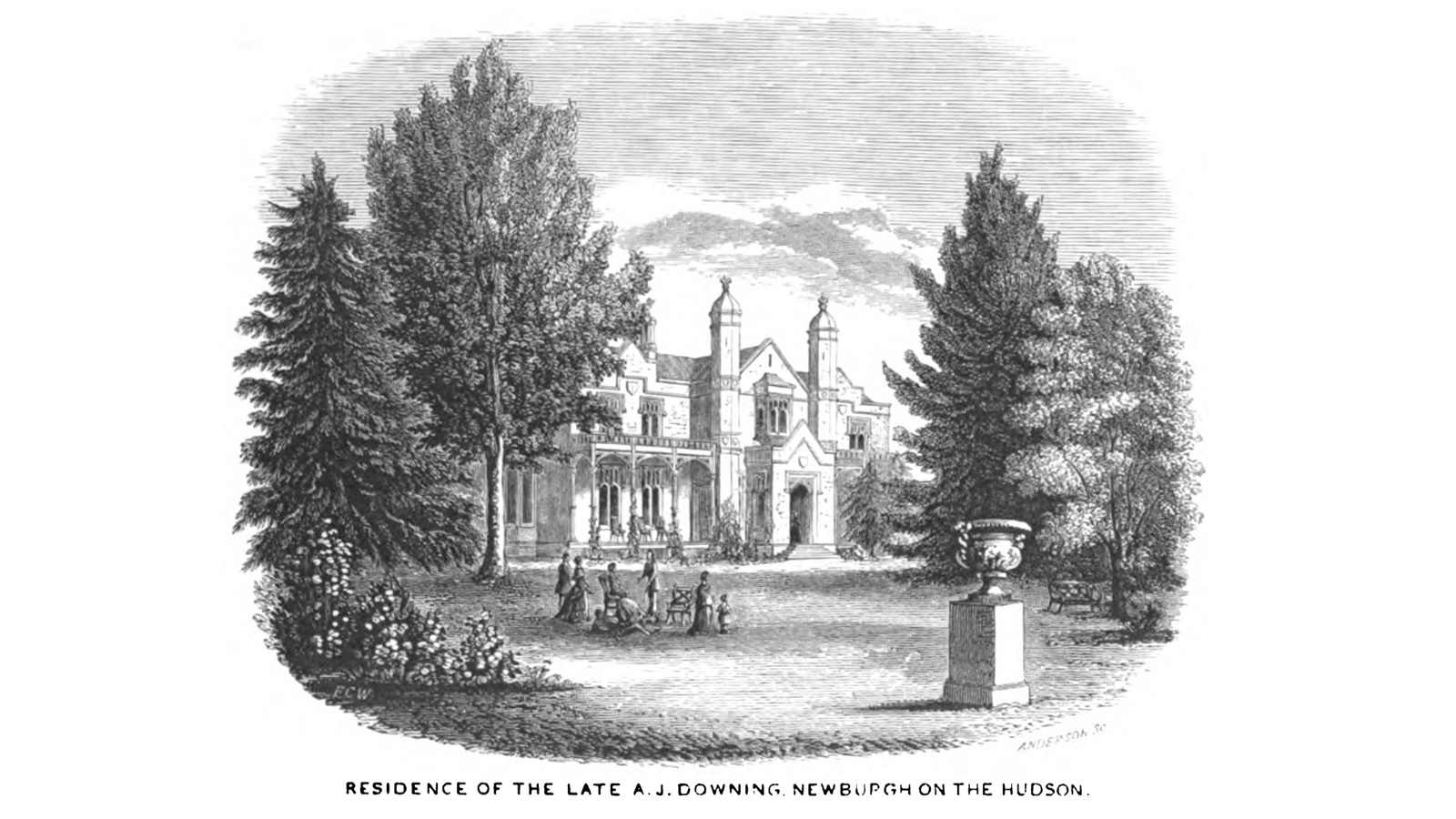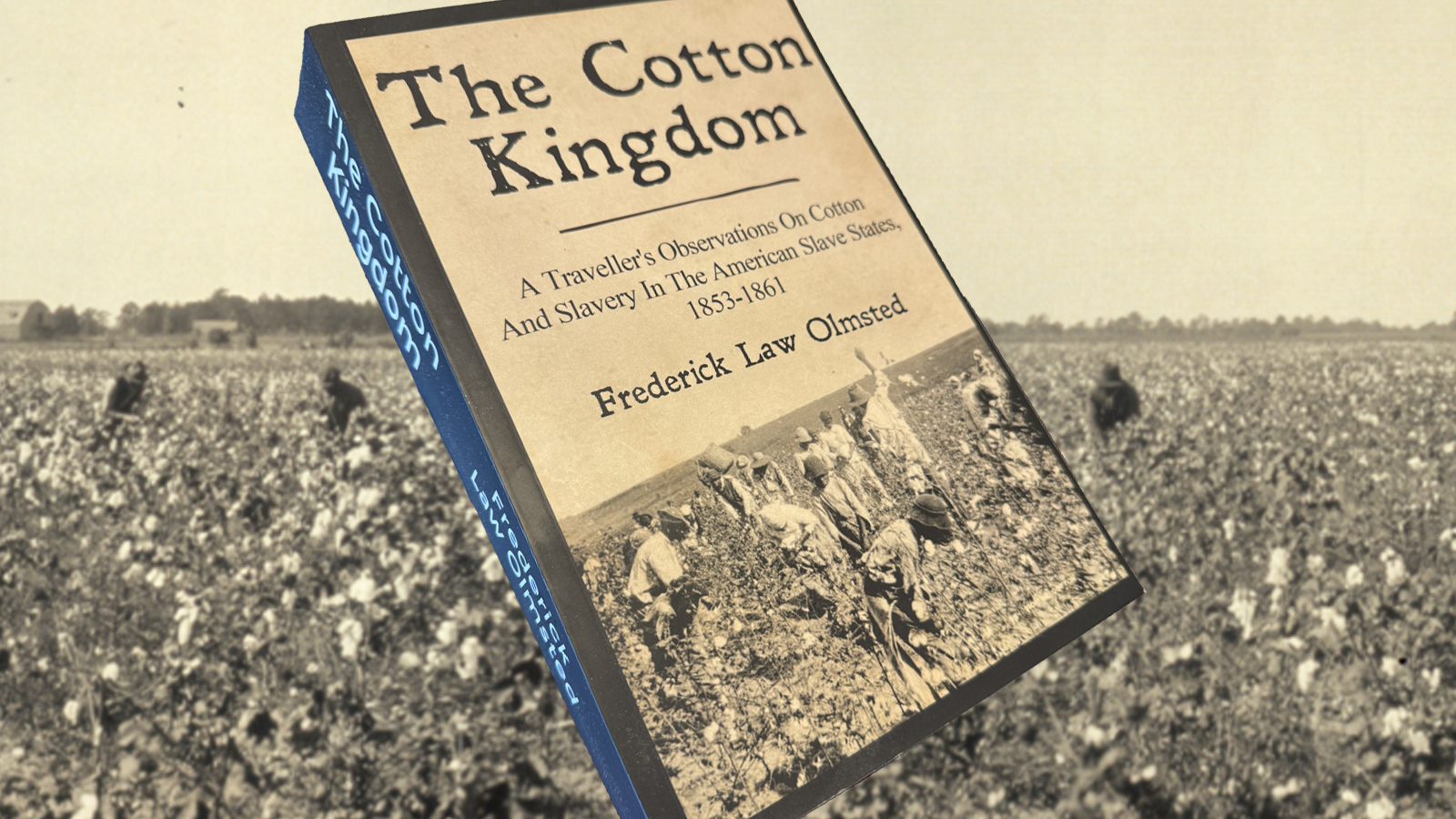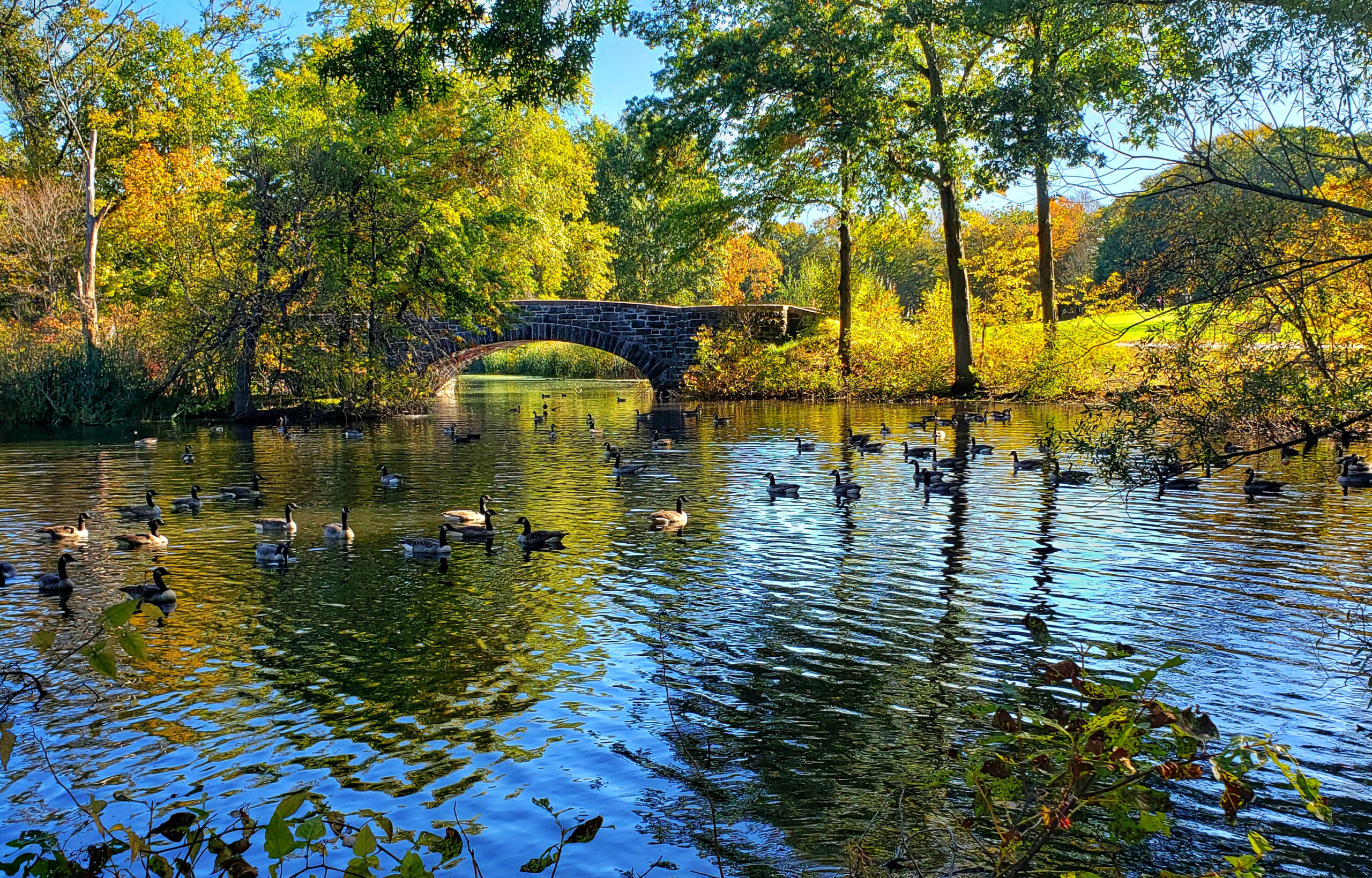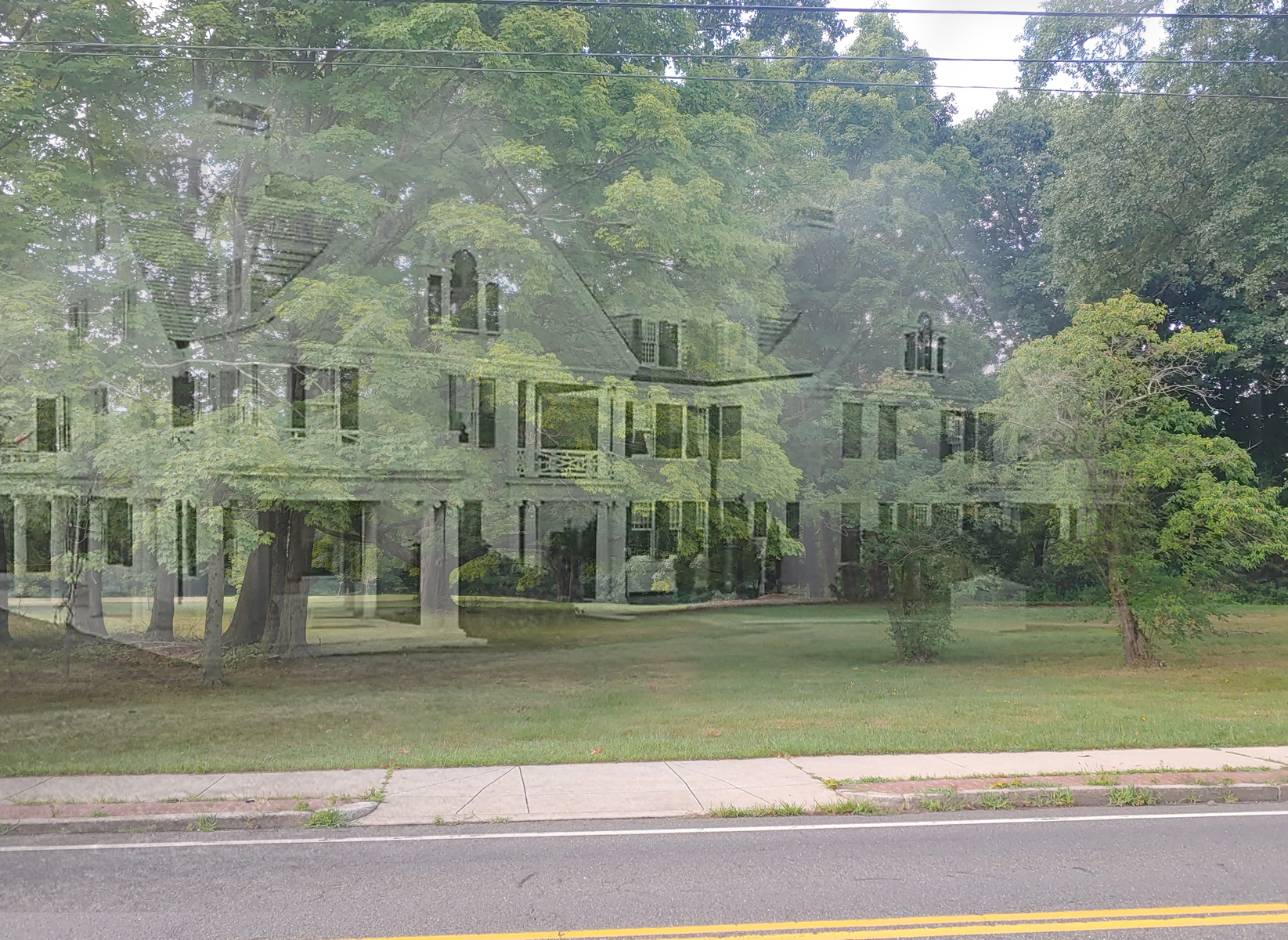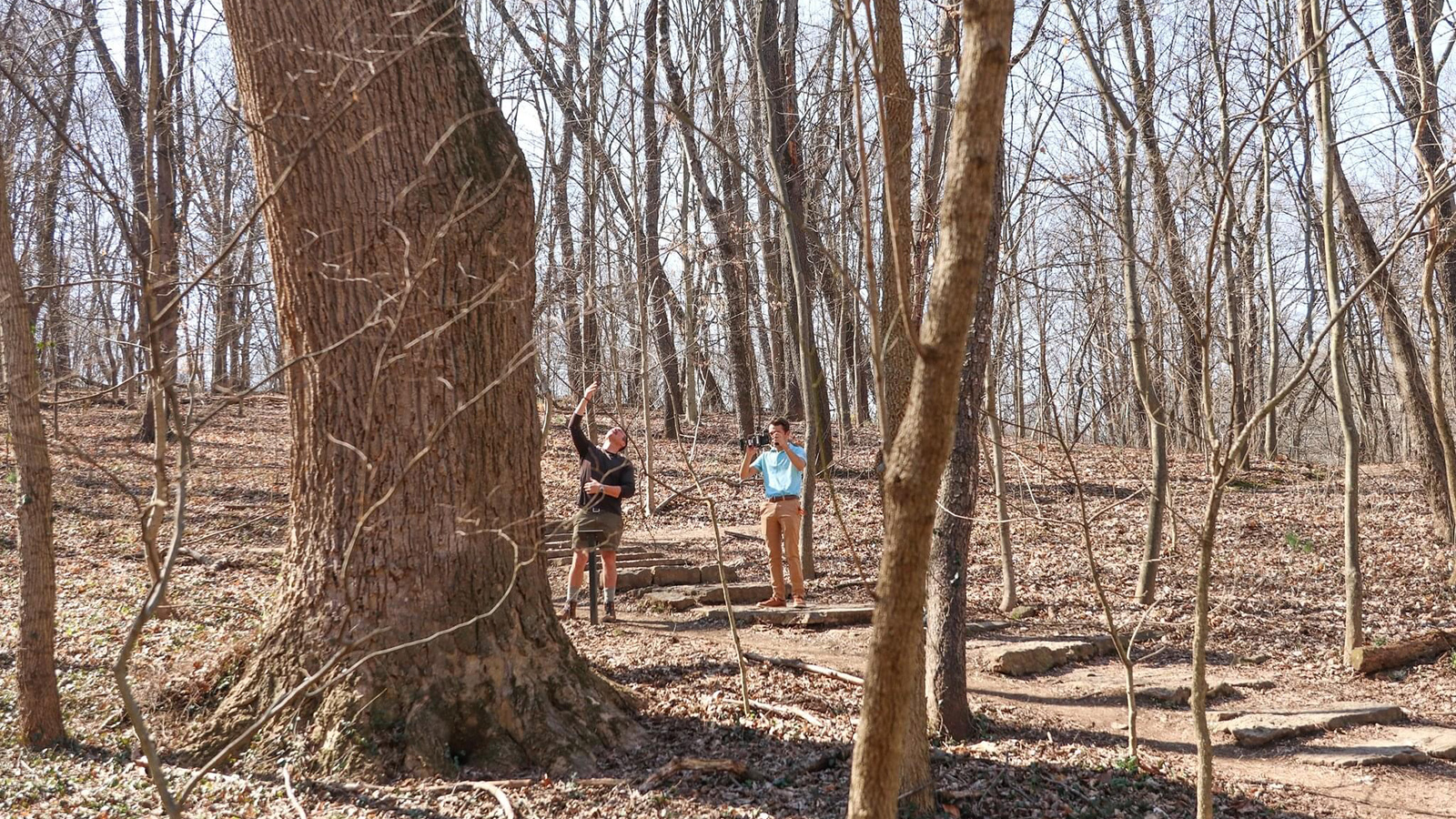Henry Hobson Richardson
By Hugh Howard
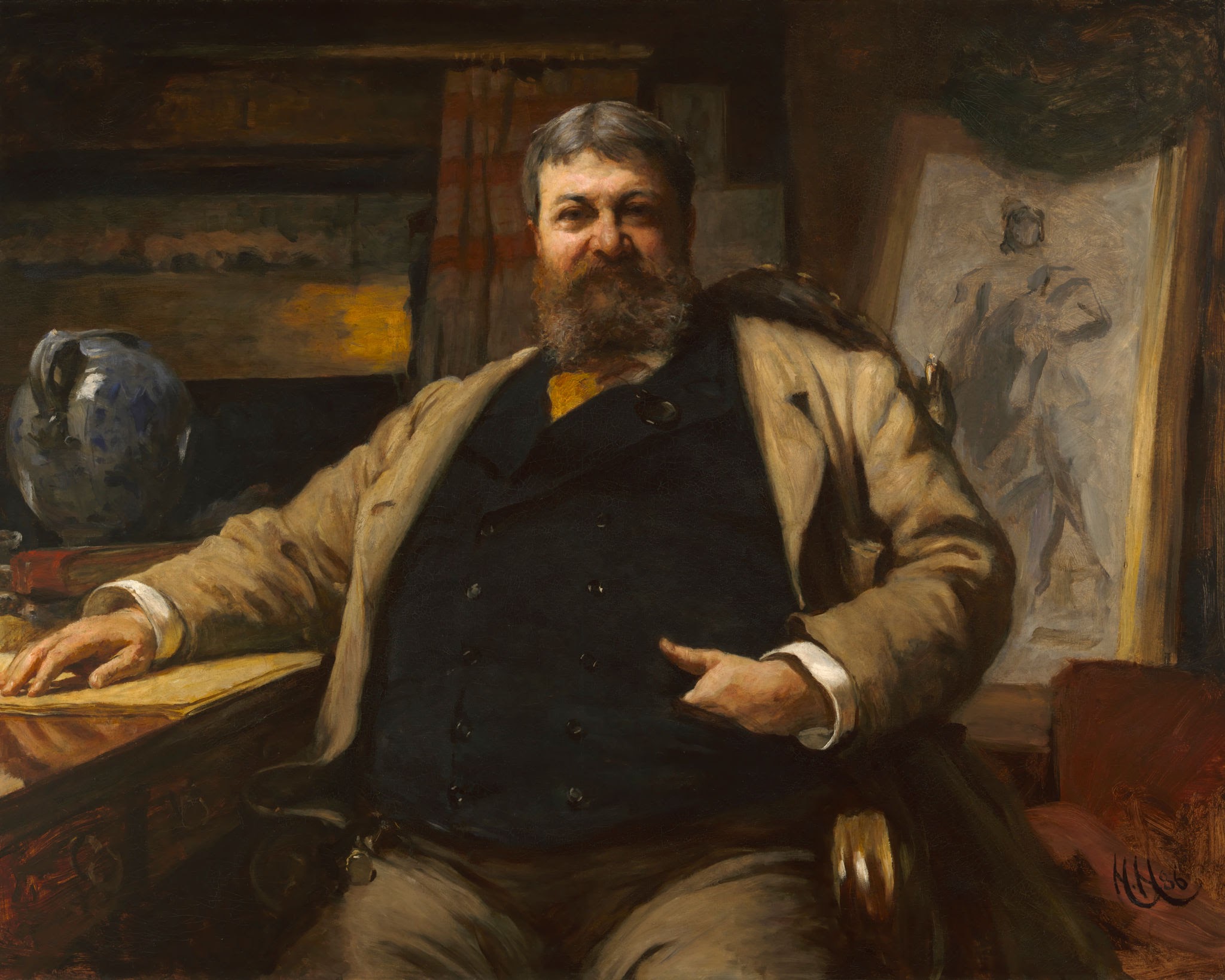
After Frederick Law Olmsted returned to New York, in late 1865, he met architect Henry Hobson Richardson (1838-1886). Neighbors on Staten Island, the two became fast friends and frequent collaborators. For Olmsted, as he later put it to Richardson’s biographer, “He was the greatest comfort and the most potent stimulus that has ever come into my artistic life.”
After Richardson moved to Boston to supervise construction of Trinity Church, his masterwork in today’s Copley Square, Olmsted launched his own Boston career. Early projects included the Arnold Arboretum and the Back Bay Fens, two elements in what would become precious parts of a string of Boston green spaces we know today as the “Emerald Necklace.” In the early 1880s, Olmsted moved to Massachusetts, purchasing a residence a short walk from his friend in the Green Hill section of Brookline, now listed on the National Historic Register.
Amid a nexus of creatives, who included horticulturalist Charles Sprague Sargent and Isabella Stewart Gardner, Olmsted and Richardson continued to work together. The proximity of their home-based studios eased both family and professional interactions as the two men pioneered an organic aesthetic in which buildings were integrated into their landscapes, blurring the line of demarcation between building and site, and influencing later architects such as Frank Lloyd Wright. As Olmsted scholar Charles E. Beveridge has written, their work was “notable for the extensive use by both of fieldstone and boulders from the sites of their commissions.”
Important Olmsted and Richardson Commissions
- The Richardson/Olmsted Campus, Buffalo, NY, formerly the Buffalo State Hospital, where Olmsted settled Richardson’s massive set of eleven structures into a self-contained countryside
- The redesign of the New York State Capitol, executed with architect Leopold Eidlitz
- The Boylston Street Bridge in the Back Bay Fens, a rustic and picturesque stone structure Richardson designed for Olmsted’s transformation of a watery wasteland into an urban park
- A series of Boston & Albany Railroad stations, many in Boston’s early suburbs, that would be widely copied across the country
- Private homes and landscapes, including Stonehurst, home of Robert Treat Paine, in Waltham, MA; the Ephraim Gurney House in Beverly Farms, MA and the Bryant House, in Cohasset, MA, for Olmsted’s stepdaughter Charlotte, built in Richardson’s Shingle Style and settled into the seascape by Olmsted.
- Perhaps most memorable of all is the town of North Easton, MA, home to many Olmsted and Richardson works, including the Oliver Ames Free Library, one of Richardson’s prototype public libraries; the Oakes Ames Memorial Town-Hall; Richardson’s famed Gate Lodge on the Olmsted-designed landscape of the Frederick L. Ames’s Langwater Estate and Olmsted’s Civil War Memorial Rockery.
Richardson’s home at 25 Cottage Street in Brookline was recently saved from demolition with the creation of a new Local Historic District, and the long-time home of Olmsted and his practice, which his sons carried on for decades after his retirement, has been preserved at 99 Warren Street as the Frederick Law Olmsted National Historic Site.
Sources:
Frederick Law Olmsted. The Papers of Frederick Law Olmsted. Baltimore, MD: Johns Hopkins University Press, 1977–2015.
See volumes VII and VIII of the Frederick Law Olmsted Papers.
Hugh Howard. Architects of an American Landscape: Henry Hobson Richardson, Frederick Law Olmsted, and the Reimagining of America’s Public and Private Spaces. New York, NY: Atlantic Monthly Press, 2022.
Mrs. Schuyler [Mariana Griswold] Van Rensselaer. Henry Hobson Richardson and His Works. Boston, MA: Houghton Mifflin Co., 1888.




